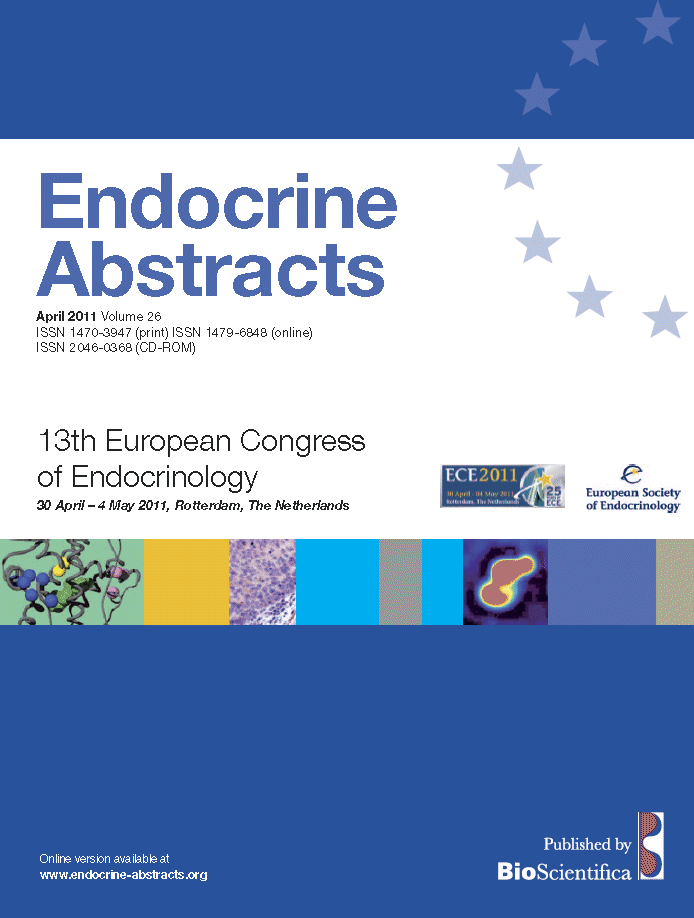Searchable abstracts of presentations at key conferences in endocrinology
Symposia
Keep cool, lose weight: brown fat and energy metabolism
ea0026s1.1 | Keep cool, lose weight: brown fat and energy metabolism | ECE2011
Brown adipocytes and energy homeostasis in mice
Adipose tissue can be subdivided into two distinct categories of fat cells: white adipocytes are specialized for the storage of chemical energy such as triglycerides, and under conditions of obesity white adipose tissue is characterized by tissue inflammation and energy overload.In contrast, brown adipocytes dissipate energy in the form of heat (thermogenesis) by uncoupling of the mitochondrial electron transport chain from ATP formation through the spec...
ea0026s1.2 | Keep cool, lose weight: brown fat and energy metabolism | ECE2011
Physiology of brown adipose tissue in humans
Human brown adipose tissue (hBAT) has recently been re-discovered and found to be functionally and metabolically highly active when exposed to cold. Advanced imaging technology, namely the development of hybrid positron-emission tomography (PET)/computed tomography (CT) scanners has been the premise for the progress. The main areas of activated BAT have been found in supraclavicular regions and in the neck, and paravertebral regions. When we quantified glucose uptake in these ...
ea0026s1.3 | Keep cool, lose weight: brown fat and energy metabolism | ECE2011
Brown adipose tissue and thermogenesis in lean and obese subjects
The occurrence of obesity and the related metabolic syndrome increases dramatically worldwide. A positive energy balance causes obesity. Facultative thermogenesis, which is the increase in energy expenditure in response to cold or diet, may be an effective way to affect the energy balance.Several studies have confirmed that humans show significant (mild) cold induced thermogenesis, i.e. without shivering. Tissues shown to be involved in adults are skelet...




